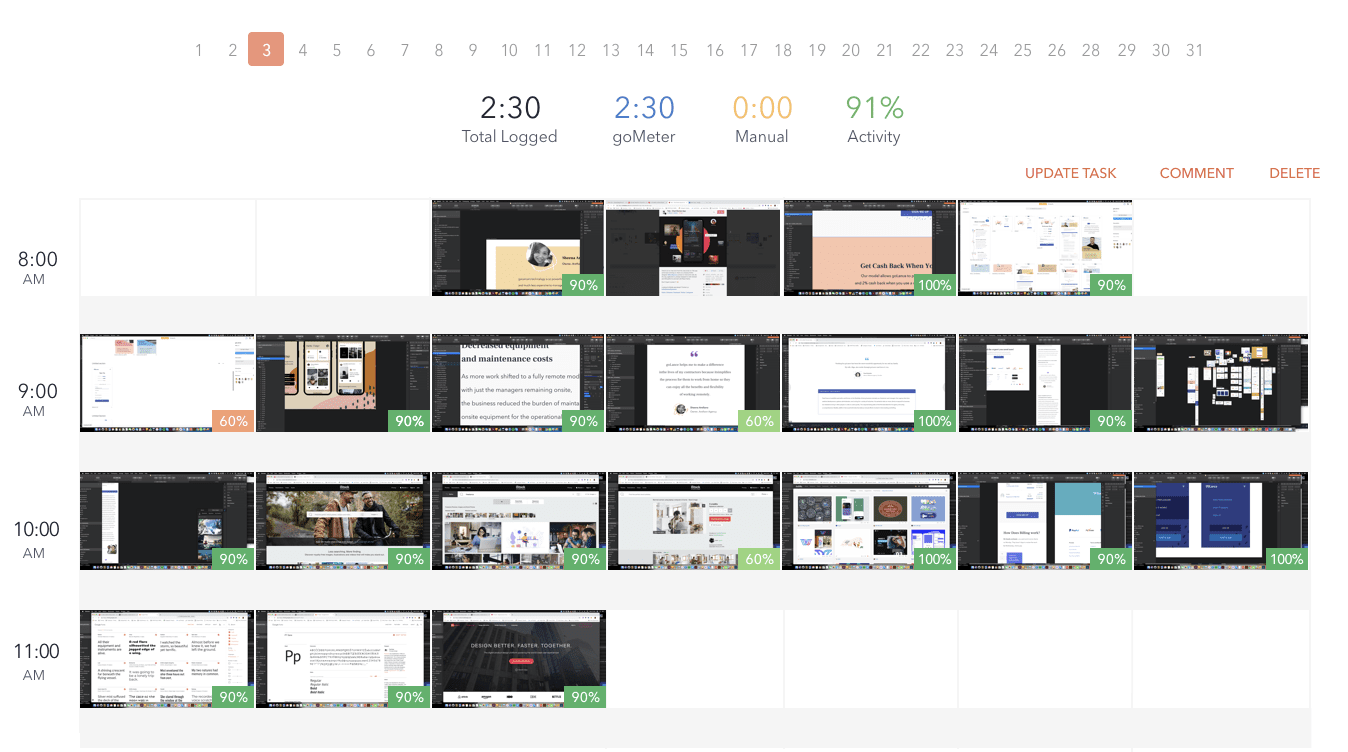Five Essential Tips for Entrepreneurs that Manage Remote Freelancers
Here are some tips to increase productivity, meet deadlines, and manage workers more effectively with processes and goLance technology

We know that using remote freelancers is a great way for businesses to get the expertise they need without the expense and overhead of an office. There has been such a rise in remote work, especially due to the impact of COVID. As more entrepreneurs move to a remote workforce and bring on freelance talent, here are some tips to increase productivity, meet deadlines, and manage workers more effectively with processes and goLance technology.
1) Clearly communicate expectations, timelines, and budget
When you bring on freelancers and describe their roles and responsibilities, make sure they understand exactly what you need and when you need it. This is where you set goals for freelancers. If you’re hiring a virtual assistant on an hourly basis, for example, that person needs to know how quickly they must respond to different tasks and approximately how much time they should plan to devote to these items—whether it’s phone calls, emails, data entry, or a new project. If the assistant discovers that certain items tend to take longer than you anticipated, they should communicate this information to you so that you can decide if you need to make any adjustments.
If you have new web designers or programmers, for example, they should know your expectations, deadlines, and budget from the start and understand how much leeway they have in terms of introducing new features, design changes, etc. If they are working on a major project, consider setting up a fixed-price milestone project, where funds are released after each milestone is completed. goLance is structured so that you can either do milestone contracts or hourly-based contracts. Tell the freelancers that you need to be informed right away of any issues that could impact achieving the milestone. If you have a project lead that handles that process, the freelancers should contact the project lead.
2) Identify priorities and processes
To meet priorities, give your freelancer written instructions that summarize things you have verbally discussed with them to make sure they stay on track and understand what’s most important to you. Let them know your top-priority tasks or assignments. If they don’t understand priorities, they might tend to give priority to a less-critical task because that task was assigned earlier, without realizing it’s a problem.
Sometimes projects can stall because the freelancer doesn’t understand the processes or know who needs to approve certain functions. In some cases, a project gets delayed, and the group’s productivity is impacted when the freelancer sends an assignment to people who don’t need to be involved with approvals. In other cases, a project could get released prematurely because it wasn’t sent to the right approver. So, that’s where clearly written processes need to be communicated.
3) Gain visibility into work activity with goLance management technology
It’s easy to manage freelancers with goLance time and activity tracking. The goMeter app tracks the time they spend on your projects, the programs and websites they are using, and their activity levels. It takes screenshots every 10 minutes, so you know they are on task. All of this information can easily be accessed and understood through the goLance Work Diary.
goLance offers clear reporting to account for spending. This makes it easy to identify the costs for projects and activities so that you avoid going over budget.
4) Schedule periodic virtual meetings and consider requesting brief updates
Whether your meetings are one-on-one or team meetings, it’s helpful to connect virtually with your remote workers. This gives you a chance to communicate any important new information, recognize workers for their achievements, and help them stay connected. Depending on the project and role, this could also be an opportunity for workers to discuss any issues or recommendations.
If your key freelance workers have weekly or monthly goals, consider having them send your or their team lead a brief status report that highlights key accomplishments, issues, and next steps. This could be something as simple as a weekly or monthly report with brief bullets that could fit on one page of a PowerPoint slide. They don’t need to list everything they did—just highlights—and be sure make it clear that you only expect them to spend a matter of minutes putting this information together. However, this report could save your organization a lot of time by providing early insight that might not be readily available elsewhere.
5) Say thanks for a job well done
Personal recognition during a team meeting and a note of thanks on a collaboration platform or email go a long way in motivating your team. Sometimes taking a few minutes to schedule a call just to say, “I really appreciate your dedication and efforts,” can make a difference.

